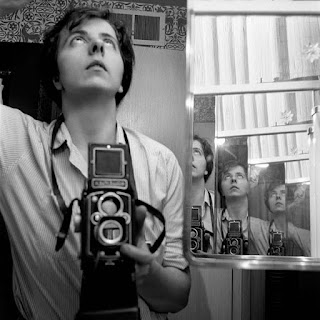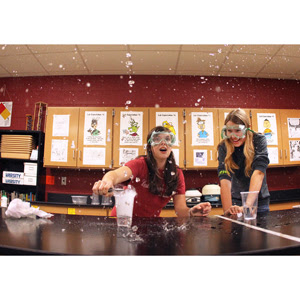1. Why is the environment where a portrait is taken an important consideration in portrait photography?
The physical surroundings included in a portrait offer enormous potential to extend or enhance the communication. Just as facial expression, body posture and dress are important factors, the environment plays a major role in revealing the identity of the individual.
2. Why should portrait photographers use a "Aperture Priority" mode or full manual mode?
When this mode is selected a combination of shutter speed and aperture is selected to give the correct
exposure and a visual effect deemed suitable for portrait photography.
3. How can portraits reveal a subject's character?
Informative artifacts such as works of art or literature may be chosen to reflect the
individual’s character. Environments and lighting may be chosen to reflect the mood or state of
mind of the subject.
4. How can the photographer help the subject while taking portraits?
Te photographer should display an air of confidence and friendliness whilst directing subjects.
Subjects will feel more comfortable if the photographer clearly indicates what is expected of
themOften a subject will need reminding
that a smile may not be necessary.
Subjects may need guidance on how to
sit or stand, what they should do with
their hands and where to look. It may
be a simple case of just reminding them
how they were standing or sitting when
you first observed them.
Environmental Portrait
What I liked about this pictures is that the people are doing what they do to survive and is very emotional. I picked this picture because you can infer a lot about this peoples lives .
Casual portrait
I like this pictures because they represent a casual portrait in a really good way. I choose this pictures because I like how the background is blurred out .
Formal Portrait
I like this pictures because each tells a story about their lives . I chose this pictures because they represent a perfect example of a formal portrait
Photography Self Portrait
I like this pictures because they are black and white and that gives more emotion to the pictures. I choose this pictures because they have more than two types of composition.

















































